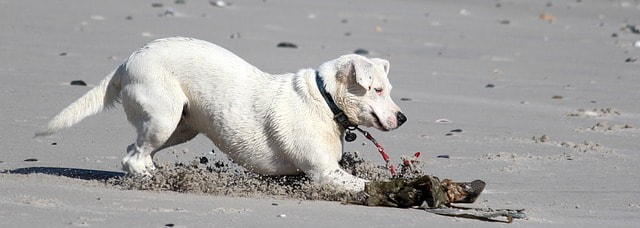Does that sound like an interesting discussion to you? Trust me, it was! Early this morning, I got into a conversation with two marketers I know only from social media (and that we have connections in common). It started with someone poking fun (nay, mocking) a marketing plan template. One aspect of that template was the SWOT analysis, and there was a lot of talk as to whether the SWOT was no longer relevant.
Now Steve and I are both fans of frameworks. They give teams a common language to approach an analysis, so you can stop disagreeing about how to look at what’s going on, and simply look at what’s going on. They also provide constraints: don’t bother finding data that doesn’t answer the questions required for that framework. (You can always use that data for a different framework. Just don’t force-fit stuff where it doesn’t belong).
On that note, we also had a sidebar on templates that are created by head office, your boss, or some other wise guy, that (a) requires data that isn’t available in your branch-plant country, or (b) solves a problem that isn’t relevant to your context, but rolls up to a bigger template that serves someone else, somewhere else. Don’t do this to people. But if it’s been done to you, the best way to come up with numbers for the missing links is to triangulate.
Anyway, I digress. I stood up in defense of the SWOT, not because I think it is always the best framework, but because I believe it is a mis-maligned framework, and that often what doesn’t work about it are two things: (a) teams try to stog too much into their SWOT, and (b) they’ve been mis-taught how to use it best. So here goes:
SWOT stands for Strengths, Weaknesses, Opportunities and Threats. It’s meant to help you think about where you are now, and where you might go (and what could happen to you along the way). The first error teams make, is to mix up Strengths and Opportunities. Or Weaknesses and Threats. It’s about looking through the right lens.
Strengths and Weaknesses are about you (and by that I mean your business, your product, your team). What strengths does your product have? What weaknesses? Are you with me so far? These are internal factors. Opportunities and Threats exist once you leave the safe harbour for open water (or open your front door and go outside). Opportunities are things you can achieve or places you can go. And threats don’t come from inside, they come from the outside factors. Yes, if your culture is broken, you’ve got an issue. But that’s something you need to fix within your own house, not something that’s outside of your control or might impact you whether you want it to, or not. Got it? Excellent. I knew you would.
All this is to say, frameworks are one of the best ways to get people on the same page, fast, to make better decisions. They also can be one of the worst kind of hammers to wield when you’ve convinced yourself that everything is a nail. So proceed with caution. (And if you’d like to talk about which frameworks to use to answer your burning questions, let’s talk).
I’m Megann Willson, and I’m one of the Partners here at PANOPTIKA. We help our clients make #betterdecisions, sometimes using frameworks. You can find us on LinkedIn, Facebook, or Twitter. And for insights delivered direct to your inbox on Fridays, you can sign up using the orange button, below.










